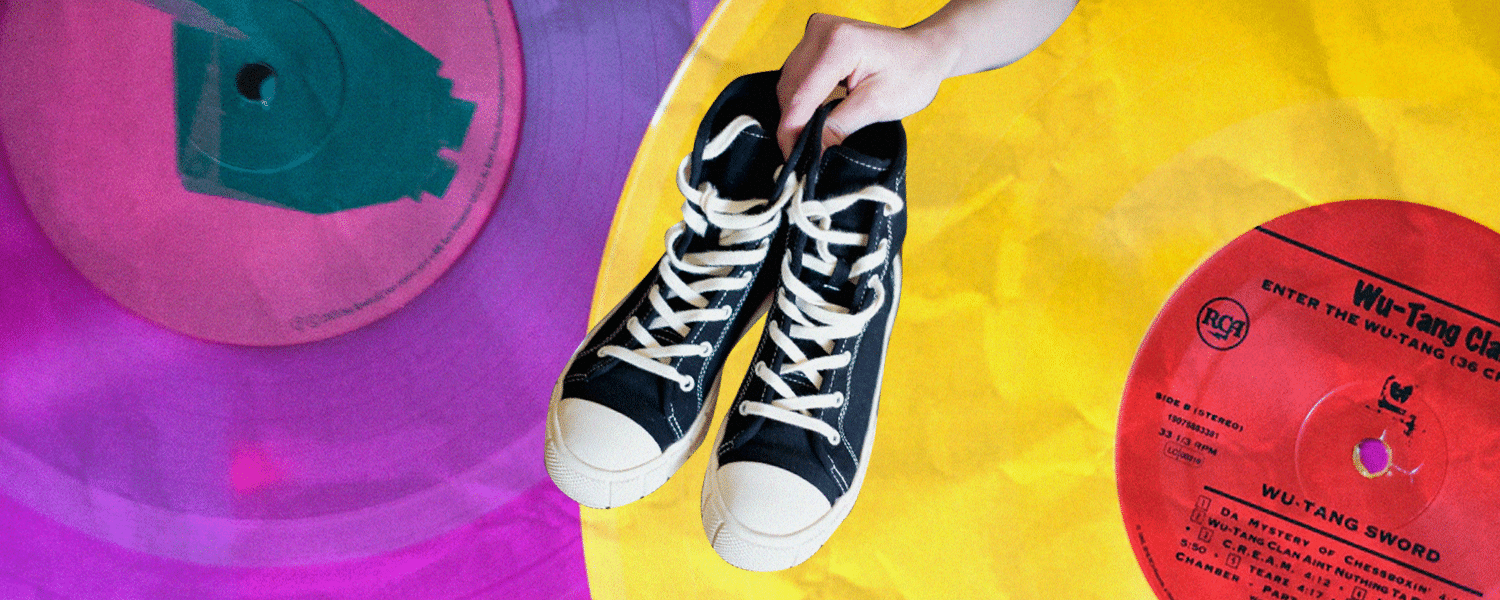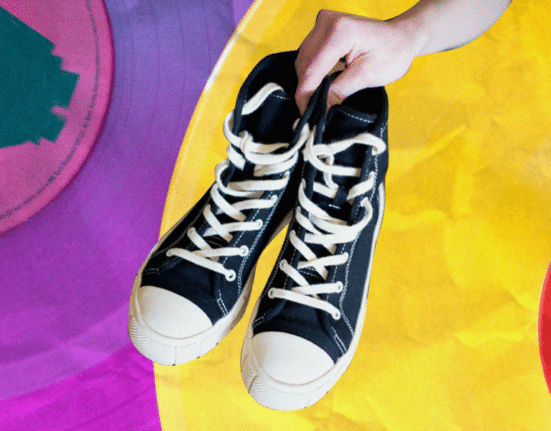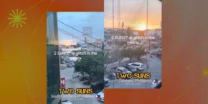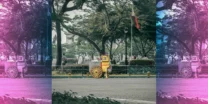The Ninoy Aquino International Airport (NAIA) has been in the headlines recently for earning the ire of the public.
A few months ago, power outages were experienced at NAIA that forced the delays and cancellations of thousands of flights.
Travel woes continued when a photo of long lines at the immigration area at NAIA Terminal 3 circulated online, which the Bureau of Immigration claimed was due to airline transfers and bad weather.
It has sparked another discussion—this time about the revival of the mandatory shoe removal policy in a bid to enhance airport security. This will require passengers to remove their footwear at the final screening checkpoint at the airport.
The Civil Aviation Authority of the Philippines (CAAP) Area 8 in Eastern Visayas said in its advisory last week that the Office for Transportation Security (OTS) updated and revised the standard operating procedure (SOP) on screening of passengers, flight crews, and other airport users.
“Mandatory removal of footwear shall be implemented at the Final Security Checkpoint in all airports nationwide effective immediately,” it said, citing the July 9 Standard Operating Procedure and Work Instruction approved by OTS Undersecretary Ma. O Aplasca.
CAAP Area 6 in Western Visayas also posted the same advisory on its Facebook account.
Is it an inconvenience?
The global airport policy was implemented following the failed attempt of British “shoe bomber” Richard Reid to detonate homemade bombs he hid in his shoes while on board a Miami-bound American Airlines flight, which carried 14 flight crews and 184 passengers, including him.
The incident happened in December 2001, months after the 9/11 attacks.
Aplasca emphasized in a statement that the removal of shoes at the airports is an old policy that they need to strictly implement.
“This policy remains to be effective in detecting prohibited items including explosives and other dangerous materials that may be concealed inside the footwear,” he said.
“This shall be the norm regardless of the security condition level, and even when the threat is low. We have to be proactive, hindi na natin dapat hintayin na magkaroon pa ng threat before we implement it,” he added.
Aplasca also acknowledged that the strict implementation of the policy could cause inconvenience to passengers.
The Manila International Airport Authority (MIAA) has been advising departing passengers to arrive at the airport at least three hours before their flight due to additional security measures.
However, Muntinlupa City Mayor Ruffy Biazon questioned the revival of the shoe removal policy amid the travel woes experienced at the NAIA.
“What’s the compelling reason? Is there data on footwear risk? Is there intel on threats? Is there an order from ICAO (International Civil Aviation Organization)?” he said in a tweet.
He also asked if there was a time-and-motion study conducted by the government prior to the reimplementation of the policy.
Senator Sherwin Gatchalian agreed with the mayor’s statement, saying that the policy would be a “hassle” particularly for senior citizens.
“I’ve been traveling a lot for work lately [and] it seems that we are the only country in [the] world that has a shoe-removal policy [and] wear-mask inside plane policy. The world has moved on.” he tweeted.
Some passengers, meanwhile, do not completely disagree with the policy.
Krystellkayle Santos, 23, told republicasia that she agrees on this since it is for the safety of all the people at the airport. She recalled that she had been asked to remove her footwear when she passed through the security check when she went abroad in 2018.
“[I]t’s a little inconvenient, pero okay lang naman… and as a passenger since alam mo naman nang mandatory ang ganitong rules, we always have the choice to wear a pair of shoes na mas convenient tanggalin at isuot during security check ‘di ba?” Santos said.
“Kung dati eh meron nang shoe bomb na [na-]create, what more with the technological advances now? Kaya in my opinion, walang masamang maabala saglit for safety reasons and purposes,” she continued.
But Santos hopes that the OTS will give the kids and elderly an exception to wearing their footwear during the security screenings.
For Kath Castro, 28, the policy “is a necessary security measure,” but the implementation should be balanced with the passengers’ convenience.
“It can be time-consuming removing and wearing your shoes. But it serves the purpose of enhancing safety and preventing potential threats,” Castro shared with republicasia.
“[F]or me, we can adapt some countries that explore advanced scanning technologies to minimize the need for physical shoe removal. Secured and very convenient for all passengers,” she added.
The OTS asked for the passengers’ patience and cooperation and advised them to wear shoes that can be removed easily “to avoid complex lacing or buckling to expedite the screening process.”
What should be done for easier travel?
Santos and Castro both experienced flight delays during their international travels.
To prevent this from happening again, Santos hopes that the Philippine airports will have a more organized passenger lane and that the immigration officers will ask relevant questions and request documents related to the passenger’s travel.
There have been reports of travelers missing their flights due to lengthy inspection interviews at the immigration office. The government said that it would revise the departure procedures following the complaints of Filipino passengers going abroad.
“Dito po sa Taiwan Immigration, ang maririnig mo lang na tanong sa IO ay purpose of travel? Minsan nga walang tanong. No more unnecessary questions,” Santos said.
Castro agreed with this saying, “Sayang ang pera. Nakakaawa ‘yung kasama mo sa pagpila pero sa dulo ‘di mo na kasama.”
Castro added that the government should utilize more advanced technologies for swift and smooth airport procedures.









